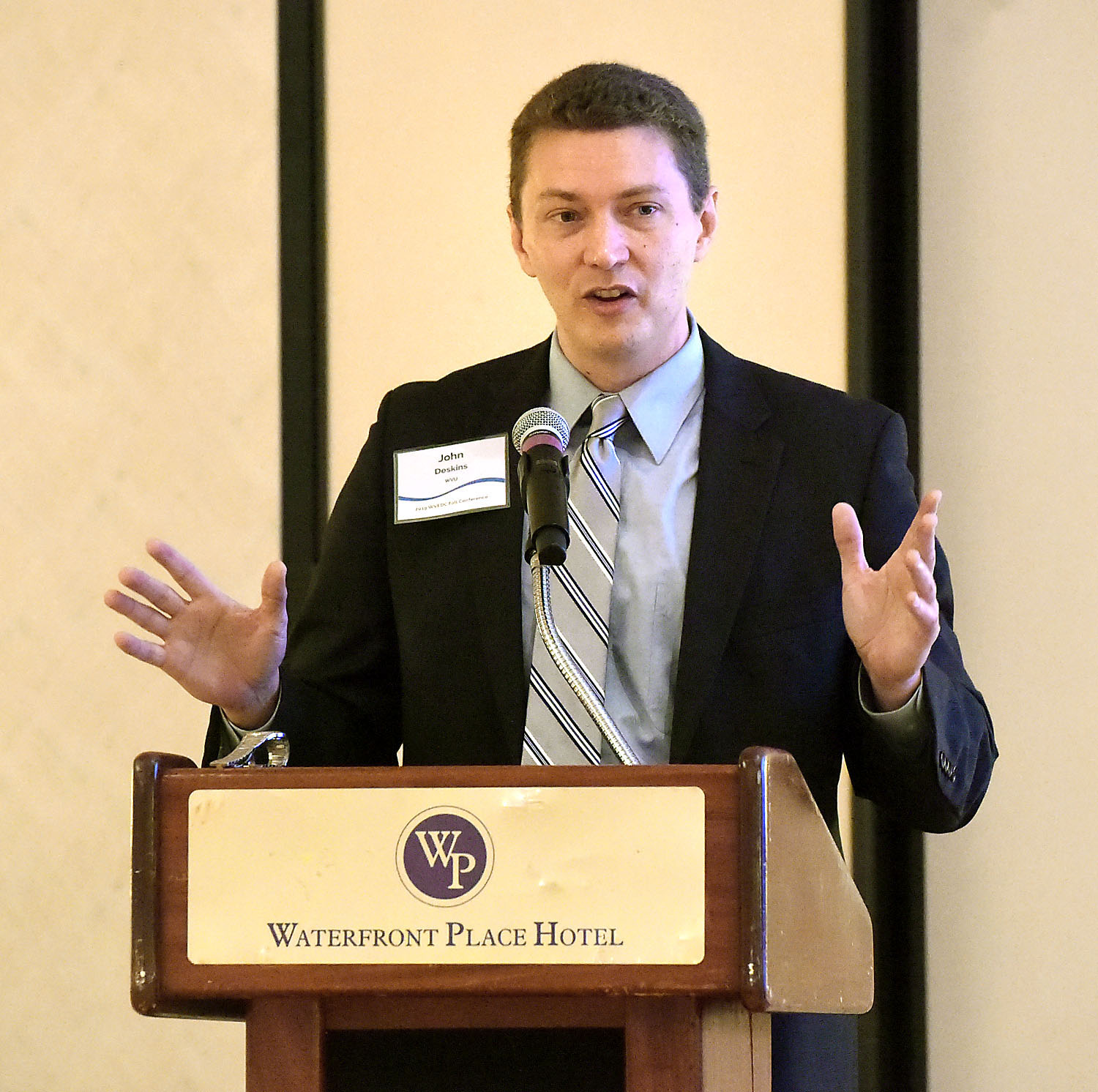MORGANTOWN — Come home.
That was among the key messages delivered Monday during the opening day of the West Virginia Economic Development Council’s annual fall conference, at Morgantown’s Marriott Waterfront Place.
WVU President Gordon Gee opened the day by discussing the critical need of not only keeping a skilled, educated work force in West Virginia, but also getting those who’ve chased opportunity elsewhere to come back home.
According to Robbie Morris, president of the West Virginia Economic Development Council, the jobs are here and waiting.
Morris said it’s not uncommon to hear the citizenry lament a lack of jobs, but the opposite is actually taking place in the Mountain State.
“We’re hearing from employers now who are saying, ‘We have plenty of jobs available. We just need people to fill them. We need a good, educated, skilled, reliable, work force,” Morris said, explaining that attracting talent into the state is one of the themes of this year’s conference, which continues today.
“You’ve heard the announcements in recent years — Proctor & Gamble, Leidos and things of that nature — Good paying jobs in a wide variety of industries. I would encourage people who haven’t looked for jobs in West Virginia to look because there are jobs, good jobs, available,” Morris said.
John Deskins, who serves as a associate professor of economics among his other roles with the College of Business & Economics at West Virginia University, said that while the state’s sub-5% unemployment is strong, and the state has seen economic growth after five years of stagnation, there is more to the story.
Unemployment rates show how many people in the job market are finding work, while labor participation shows how many working-age adults simply aren’t engaged the market.
In labor participation, West Virginia ranks dead last at 54%. The national average is 63%.
“We are never going to achieve the prosperity we hope for. We’re never going to be on par with the nation in terms of income or any other economic outcome measures … if we have labor participation that is a full nine percentage points below the nation,” Deskins said, explaining that the state’s lag in labor participation dates back to the 1940s and is reflected in all age demographics.
One of the ways to get more people in the work force is to provide a more diversified slate of industries in which to work.
Right now, Deskins said, West Virginia’s economy remains disproportionately energy-based.
“We just don’t have a diversified economy,” Deskins explained. “There should never be a discussion in West Virginia around economic development that doesn’t involve asking what we can do to promote a more diversified economy.”




